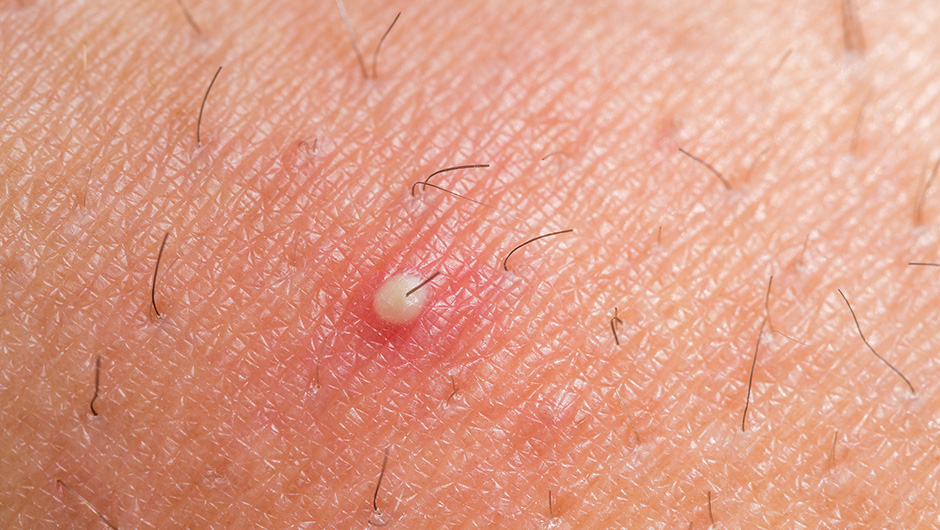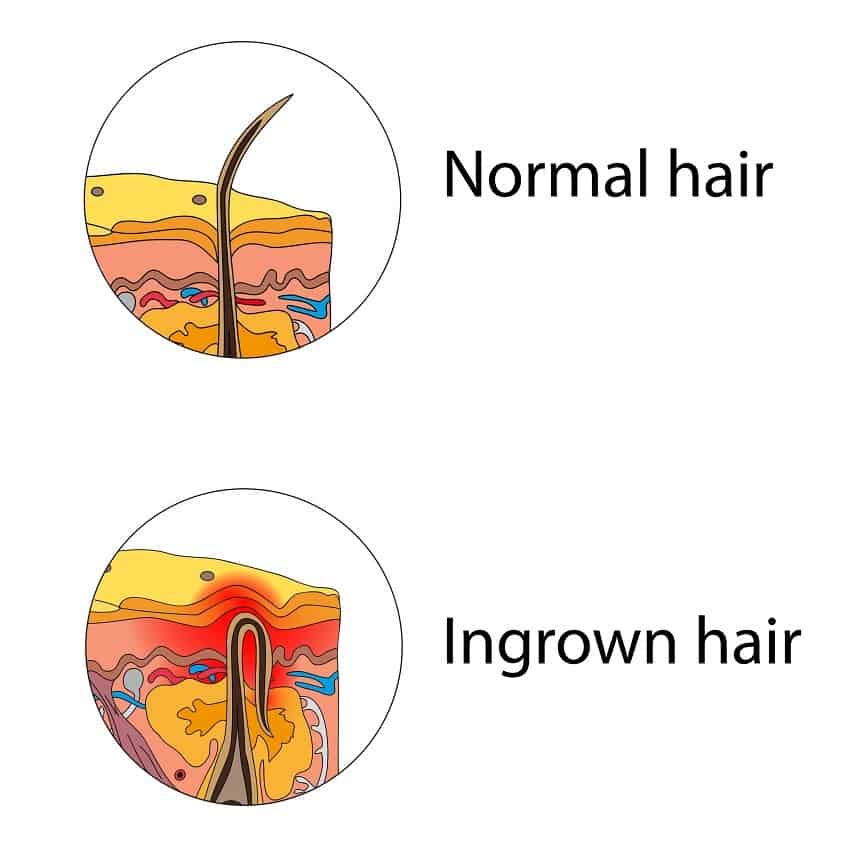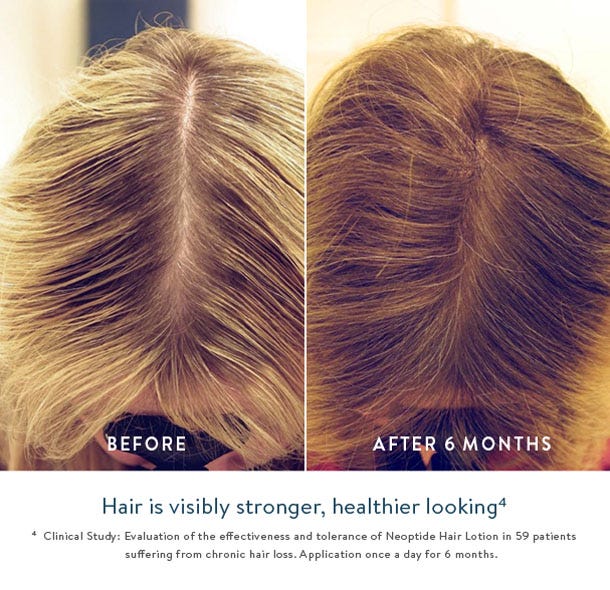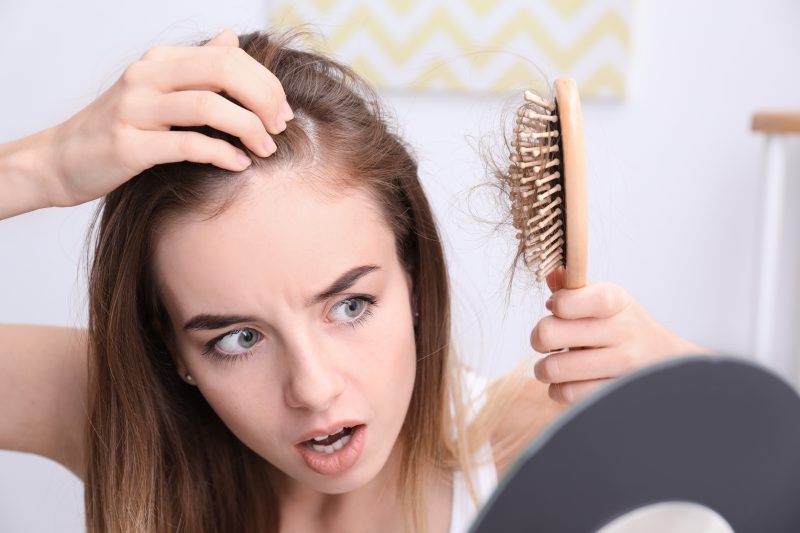Table Of Content
It can be applied all over the body to any area that typically develops ingrown hairs, including the pubic area. To help cool down any irritation or redness, this serum includes several popular calming ingredients like vitamin E, chamomile, and lavender. If you continue having infected ingrown hairs in the same area, such as your face, you might consider other methods of hair removal, such as laser treatment.
Preventing Ingrown Facial Hairs While Waxing or Plucking
Here's Why You Get Crazy Chin Hairs As You Get Older - Yahoo Sports
Here's Why You Get Crazy Chin Hairs As You Get Older.
Posted: Tue, 23 May 2023 07:00:00 GMT [source]
Washing your face with only water may not be enough to prevent ingrown facial hair. To avoid this problem, wash your face daily with a mild cleanser to remove any dirt or oil that’s clogging your pores. This is important because clogged pores raise the risk for ingrown hairs. An ingrown facial hair occurs when hair that’s been shaved, waxed, or tweezed curls and grows sideways into your skin instead of toward the surface. They can also happen when dead skin cells clog hair follicles, forcing the hair to grow at a different angle under your skin.
What happens if an infected ingrown hair goes untreated?
But if the top of your pore becomes blocked due to debris or too much sebum and it swells shut, the hair can’t make its way out, resulting in an ingrown hair. Waxing, plucking and threading hair can also lead to ingrown hairs. Lal says to shave with the grain of the hair—that is, in the direction it grows—so that when you slice the hair at the skin’s level, it is less likely to wedge itself underneath the surface. And, by not pulling the skin taut, as you would with a regular shave, you can prevent an even closer result.
What causes these bumps to form?
Learn how to safely remove an ingrown hair so you can reduce the risk of scarring or infection. Ingrown hairs can be irritating, frustrating, and even painful. When new hairs grow back, especially after a close shave or waxing, they can sometimes get caught under the skin or under a layer of dead skin cells. This can result in painful bumps and redness that can be hard to treat. Utilizing exfoliants is a great way to treat, soothe, and prevent ingrown hairs. The closer you shave, the greater your risk for ingrown facial hairs.
Your dermatologist will warn you about these possibilities before proceeding with the treatment. That’s why today we’re going to discuss how to get rid of these annoying bumps and prevent them from appearing ever again. However, this doesn’t mean you don’t want it gone, along with the pain, itchiness and redness. FYI, if you’re pairing this one with a moisturizer, you’ll want to apply the exfoliator cream first, then add your moisturizer on top.
The product contains isopropyl alcohol and it can also be used ahead of shaving as a facial cleanser too. It can be applied after any method of hair removal, including irritation from waxing. Sometimes an ingrown hair is not infected, but it is very persistent. Retinoids can help remove dead skin cells more quickly than just washing and exfoliating.
While ingrown hairs can develop in places all over the body, one of the most common trouble spots, especially for people who shave their facial areas, are ingrown hairs on the face. Ingrown hairs can commonly develop after shaving facial hair and an effective treatment needs to be able to exfoliate dead skin cells as well as reduce razor bumps and redness. They may appear anywhere hair grows on your body, but they commonly appear in places where you shave, tweeze or wax, especially your face, legs, armpits and pubic area. A good skin care routine helps prevent ingrown hairs from forming, while at-home treatments can help release the hair from underneath your skin and provide relief.
It’s also very important to read the manufacturer’s recommendation about dosage and frequency of use. Treatments with less aggressive ingredients can be used multiple times a day, while others should only be used once per day and in some cases after a 12 to 24-hour waiting period after shaving. This after-shave oil contains coconut to treat and soothe the skin and features scent notes of grape, lavender, and passion fruit too.


"Ingrown hairs often occur after shaving, tweezing, or waxing, and can be found in any area where hair grows, such as the face, legs, armpits, and pubic area," Engelman says. If you aren’t a fan of chemical solutions, a scrub brush is an effective and typically less expensive method of ingrown hair removal. This serum is on the more expensive side, and while it’s rare, some people have reported slightly worsening ingrown hair conditions after using it. "If you have a stubborn ingrown hair, I would recommend seeing your dermatologist," says Carqueville. "What we do is clean off the area and then use a sharp tool to specifically open or puncture the area and express the follicle with its contents."
It's estimated that up to 83% of all Black men develop pseudofolliculitis barbae. Although it can happen in any hair type, pseudofolliculitis is by far more common in people with naturally curly hair. Tightly curled hair is more likely to twist back into the skin rather than growing up and out of the follicle. Pseudofolliculitis develops when terminal hair doesn't grow up and out of the hair follicle normally through the opening at the skin's surface, or pore. Instead, the hair grows sideways underneath the skin's surface, through the follicle wall, and into the surrounding skin tissue. Hair structure and direction of growth play a role in ingrown hair.
If you’ve tried it all to no avail, then it might be time to throw in the towel. An electric razor is your truest prevention against ingrowns, says Collyer. That’s because razors all cut the hair slightly below the surface of the skin, whereas electric razors trim it right above. While you may have to freshen up every day (to avoid stubble from showing), it can still beat any irritation and ingrowns. If the deep ingrown hair is giving you a lot of trouble and lasts more than a couple of weeks, it's a good idea to see a doctor.
